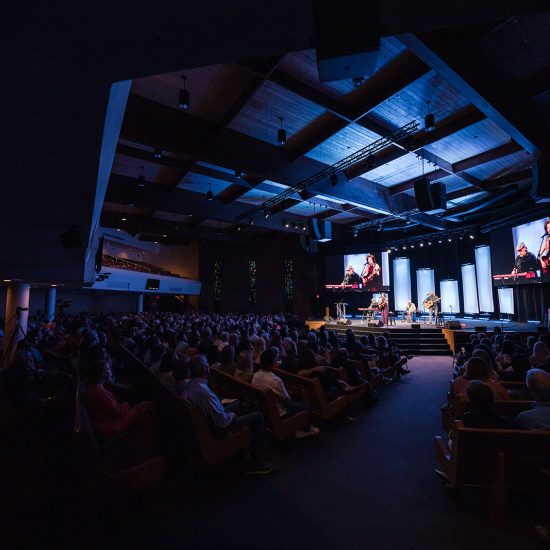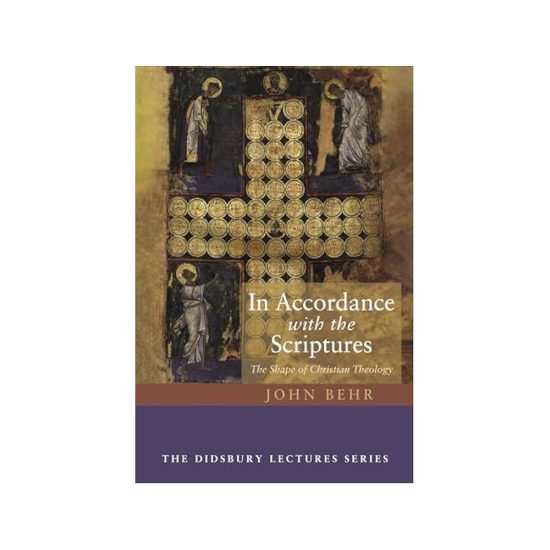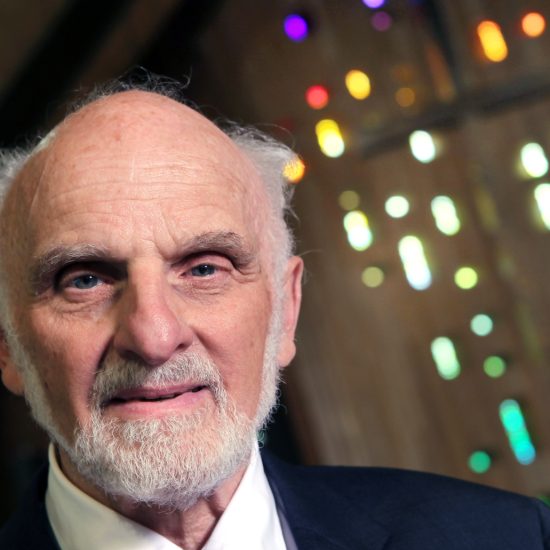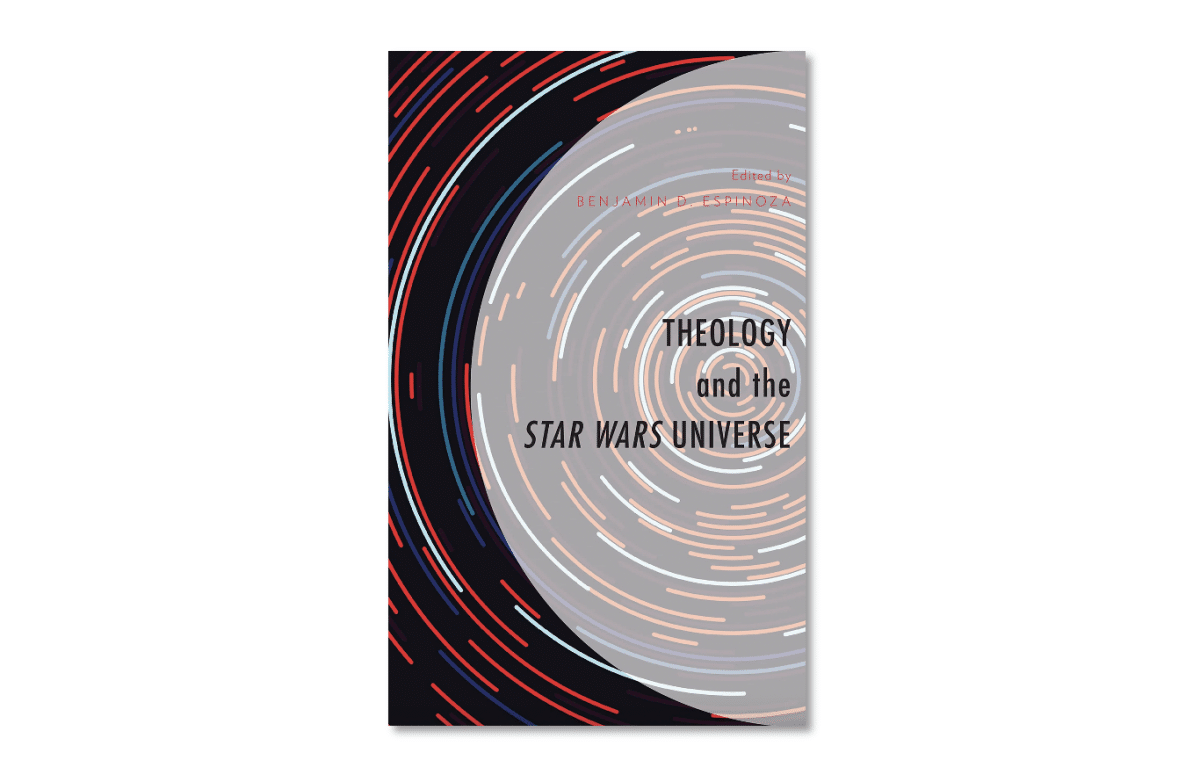
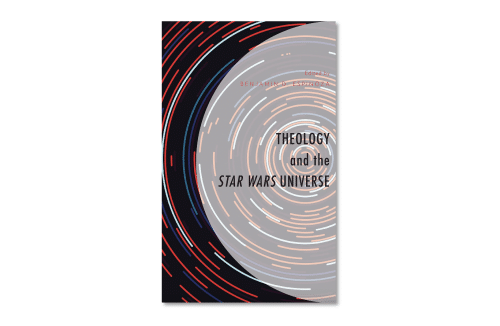
THEOLOGY AND THE STAR WARS UNIVERSE. Edited by Benjamin D. Espinoza. Lanham, MD: Lexington Books/Fortress Academic, 2022. Vii + 241 pages.
I was completing my freshman year of college when the first Star Wars movie hit the screens. My friends and I were enthralled as watched it. Of course, we cheered when Darth Vader went spinning out into space and celebrated as the heroes received their medals from Princess Leia. All of this to the music of John Williams. I’ve continued to be a fan since. I’ve seen all the movies, especially the original trilogy multiple times. I’ve also read many of the books. Like many preachers of my era and perhaps later, I’ve drawn on themes present in the movies as I’ve prepared and shared my sermons. As for the debate over whether Star Wars or Star Trek is the better series, my response usually depends on the moment as I love both.

Robert D. Cornwall
So, I’m a fan, but I’m also a theologian by training. Thus, I have a deep interest in the theological relevance of Lucas’s vision. Therefore, I welcomed the opportunity to read and review this particular volume that explores Theology and the Star Wars Universe, edited by Benjamin D. Espinoza. This volume is part of a larger series of academic studies that explore the relationship between theology/religion and pop culture (being that I’m also a Star Trek fan, I was excited to see that there is a book coming out dealing with Star Trek). The idea here is to invite a series of religion/theology scholars to engage in conversation with a particular pop culture source. In this case, it is Star Wars that is engaged.
Star Wars has always provided intriguing theological/religious possibilities. After all, the Force often has been interpreted in spiritual terms. As Benjamin Espinoza, the editor of this volume, points out in his introduction: “Analyzing Star Wars through the lens of religion, theology, or spirituality is unsurprising; with themes of hope, revenge, redemption, reconciliation, good and evil, and liberation deeply infused into the series, Star Wars is rife for theological analysis and engagement” (p. 2). There have been other attempts at this, so this isn’t the first attempt. Nevertheless, this is an impressive effort. While, overall, it is a scholarly effort most of the essays are accessible to the non-specialist. Along the way, we not only meet up with various Star Wars characters, but we also encounter real persons such as Augustine, Aquinas, and even Camus.
The opening chapter, written by biblical scholar and student of science fiction and fantasy James McGrath, sets the stage for the conversation that follows. This is an extremely important chapter for those seeking to understand how the Star Wars universe fits together. McGrath offers a helpful discussion of canon, authority, and truth. The focus on canon is important because much of the recent conversation since Disney took over ownership has focused on what is canonical Star Wars material and what is not. The question centers on who has the authority to determine canonicity. Of course, not everyone understands canon the way a biblical scholar (or historical theologian) does but McGrath’s expertise here might help sort things out.
When it comes to canon, we might take note of the fact that the original trilogy led to the creation of a host of books and new characters, including the mysterious Admiral Thrawn and Mara Jade, a force-sensitive woman who weds Luke Skywalker. Many fans hoped to see further development of these early stories. Then came the prequels, which created significant holes in the story. More holes emerged with the sequels. That’s not to mention the animated series Clone Wars and Rebels. In the end, as McGrath points out the “canon” evolved. Since Disney, not the fans, own the story they get to set the canon (just like the early church councils got to set boundaries). Therefore, in this chapter McGrath helpfully addresses these questions and more, making his essay a must-read for serious Star Wars aficionados.
The remaining essays are organized around three topics. With McGrath’s opening essay serving as Part 1, in Part II we move to a series of essays focusing on “Theologies of the Jedis.” There are five chapters in this section of the book, covering topics such as the use of the Force and violence, and comparing the Jedi with monks. There is an intriguing chapter on heroism that compares the heroes of Hebrews 11 with those of Star Wars. In this essay written by Bethany Keeley-Jonker and Robert Keeley, they note that in both stories, seemingly minor characters play heroic roles. They also note that regarding narratives, “they need fidelity to succeed.” They write that “Thinking about heroism between these two collections of stories helps us to see uncontested realities about human life and diversity. It also shows us the promise offered by Christ’s death and resurrection” (p. 47). There are intriguing explorations of both Sith and Jedi. For instance, Nathan Garcia takes not of a spiritual analogy linking Sith and Jedi to Renaissance Humanism and Desert Asceticism. While on the surface the images are of light and dark, in reality, the analogies can run much deeper, making the Sith a little more interesting.
Part III provides five more chapters under the title “Political Theologies.” I found Tim Posada’s essay on the way Ahsoka Tano and Old Man Luke subverted the ancient religion intriguing—in the original series we were led to believe that the Jedi were the heroes, but maybe the order wasn’t as heroic as we thought. Of course, there is also a chapter pondering a non-violent Luke, tracing his own trajectory from Niebuhrian Realism to Christian Nonviolence as revealed in The Last Jedi. With C-3PO and R2D2 having human-like qualities, you might expect a chapter dealing with the sentience of the droids. There is also a chapter dealing with the presence of mysticism in the series. With questions of bringing balance to the Force present as early as The Empire Strikes Back, we would expect and find an essay addressing that important question (John C. McDowell).
Finally, in Part IV, we ponder the relationship of the Star Wars message to that found in some of the Classical Thinkers. Considering that there appears, at least on the surface, this polarity between light and dark, it should not surprise readers to encounter a conversation about the Manichaeans. Jonathan Lyonhart addresses Augustine’s rejection of Manichaeism, while Shaun Brown explores Thomas Aquinas’s account of hope, which he believes can serve as a lens to understand the emphasis of Star Wars on hope. There is a critique of the Force as an idea. Ruan Duns pushes back against the idea that the Holy Spirit and the Force are equivalent. Finally, Russell Johnson brings Albert Camus into conversation with Star Wars, especially regarding the “anti-hero” message he perceives in The Last Jedi, the penultimate movie in the sequels. He suggests that this film invites us to question “the nature and value of heroes.” He notes that Luke asks Rey who she is. In other words, Luke wants to know how she fits in the story. The reality is, according to the storyline, at least to this point, she’s nobody. She’s not part of any discernable bloodline, and yet she’s strong in the Force. So maybe the hope of the resistance isn’t in the hero (Jedi Luke Skywalker) but in ordinary participants in the force, like Rey. Thus, Johnson notes that “from this film, Christians should be reminded to not put saints on pedestals and overlook their failures. To do so is not only to falsify their lives, but to deprive ourselves of the witness of ordinary faith” (p. 215).
As with any edited volume bringing together several contributors focusing on diverse topics, even if all relate to Star Wars, there will be some essays that interest some readers more than others. Quality can be different from one to the next. But overall, Theology and the Star Wars Universe is an intriguing volume. I was especially interested in how the essayists engaged the sequels, especially The Last Jedi. Again, McGrath’s essay is worth a very close read. As he writes in his concluding paragraphs, regarding canon, “Star Wars and the Bible both reflect efforts to define a unified official canon, and both offer evidence that such efforts confront seemingly insurmountable difficulties that emerge from the diversity of the material that canonization efforts seek to tame and control.” (p. 19). Indeed! Might I conclude with that oft-offered greeting: “May the Force be with you!”
This review originally appeared on BobCornwall.com.
Robert D. Cornwall is an ordained minister in the Christian Church (Disciples of Christ). Now retired from his ministry at Central Woodward Christian Church (Disciples of Christ) of Troy, Michigan, he serves as Minister-at-Large in Troy. He holds a Ph.D. in Historical Theology from Fuller Theological Seminary and is the author of numerous books including his latest books: Called to Bless: Finding Hope by Reclaiming Our Spiritual Roots (Cascade Books, 2021) and Unfettered Spirit: Spiritual Gifts for the New Great Awakening, 2nd Edition, (Energion Publications, 2021). His blog Ponderings on a Faith Journey can be found at www.bobcornwall.com.

